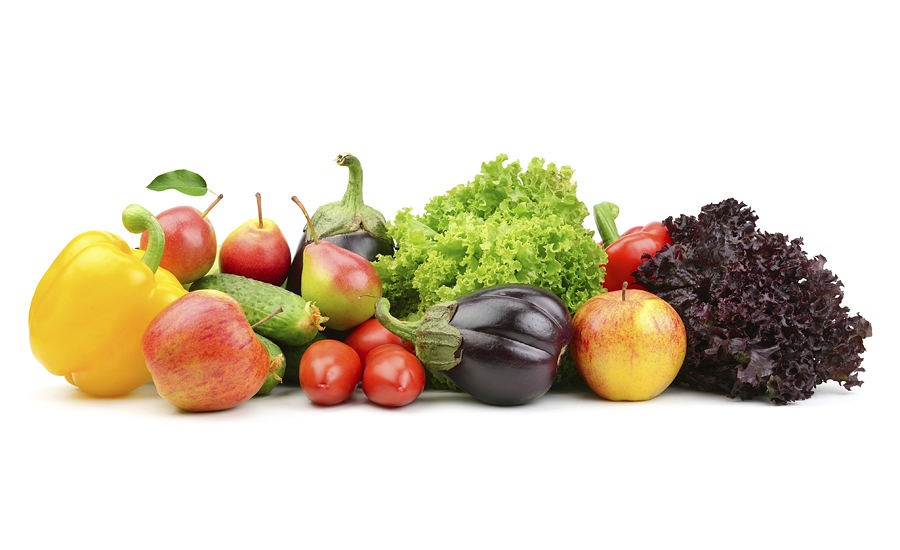HorizonScan, UK, noted an increase in food integrity issues in key categories such as poultry, seafood, fruits, vegetables and nuts, according to the company’s third quarter findings.
“One of the primary components of the Food Safety Modernization Act [FSMA] is that companies must conduct a risk assessment of their ingredients and suppliers to detect hazards,” says Ron Stakland, global product manager. “However, the globalization of ingredient sourcing has made it more challenging than ever to assess the chemical, biological and physical risks in the supply chain.”
Poultry and poultry products experienced an increase of 14.3% over last quarter, following a decline in Q1, which followed a record number of problems in 2017. These issues stemmed primarily from Salmonella contamination in chicken meat from Brazil.
Seafood issues continue to rise, up 23.1% due to issues such as mercury, altered organolepsis (affecting or relating to qualities such as taste, color, odor and feel), histamines in fish and veterinary drugs in crustaceans. There were also significant issues with Listeria, E. coli and Salmonella in smoked/dried fish and clams.
There were numerous issues with fruits and vegetables, mostly relating to pesticides found in peppers, peas (with pods), strawberries and goji berries. In fact, issues were up 14.3% since Q2 and 67.6% annually.
Another category with significant issues related to aflatoxins (mold) in nuts, including almonds, pistachios, hazelnuts, brazil and cashew nuts. Reported hazards were up 7.9% in Q3, but tracking an increase of 86.4% for the year.
On a more positive note, milk and dairy product hazard reports are down 4.7% and meat and meat product issues are down 14.1% after a Q2 increase of 9.9%.
“Growing consumer and regulatory demand for food transparency and sustainability has spurred both mandated and voluntary global industry standards for greater visibility into the supply chain,” says Stakland. “Fines are just one part of the picture. It’s estimated that the average cost of a product recall is $10 million, which can easily multiply, depending on the size and scope of the recall. For example, consider the steep costs involved in the recent issues with Romain lettuce. Add to that the potential damages a supplier, manufacturer or retailer can incur as a result of fines, consumer-facing litigation and negative publicity.”


